Mr. Scatter has been a writing fool lately, and not all of it for the virtual pages of this illustrious blog.
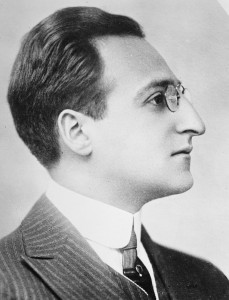 He has also composed essays that resulted in actual financial recompense, including a trio of pieces for that fine and noble stalwart of legacy media, The Oregonian.
He has also composed essays that resulted in actual financial recompense, including a trio of pieces for that fine and noble stalwart of legacy media, The Oregonian.
This piece, about Oregon’s search for a new poet laureate, analyzes the situation and reveals the two most important qualifications: a cool name and cool hair. In the old days it also helped if you could rhyme on a dime, but that is less important in our times of free and cut-rate verse. Mr. Scatter is given to understand that sometimes poems don’t rhyme at all!
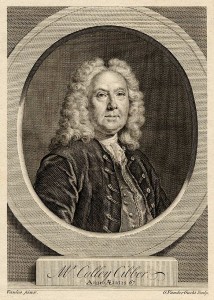 Mr. Scatter is, in fact, in favor of this position and its title, and he admires Oregon’s retiring laureate, Lawson Fusao Inada, in whose hands the post has been not simply ceremonial but also active and engaged: He has taken poetry and learning to the far corners of the state, in situations ordinary and unusual, and persuasively held that language matters.
Mr. Scatter is, in fact, in favor of this position and its title, and he admires Oregon’s retiring laureate, Lawson Fusao Inada, in whose hands the post has been not simply ceremonial but also active and engaged: He has taken poetry and learning to the far corners of the state, in situations ordinary and unusual, and persuasively held that language matters.
Today, by the way, is the final day to nominate someone to be Oregon’s next laureate. Find out how here.
This morning’s Oregonian features this story about the artist Joe Feddersen, whose most recent museum exhibition, Vital Signs, is at the Hallie Ford Museum of Art in Salem.
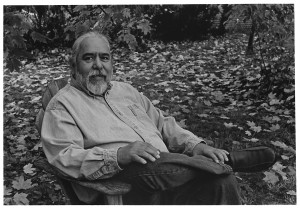 It’s a fine show, worth the trip. And speaking of trips, Mr. Scatter pauses for what might seem a brief diversion but in fact is not.
It’s a fine show, worth the trip. And speaking of trips, Mr. Scatter pauses for what might seem a brief diversion but in fact is not.
Mrs. Scatter ceaselessly admonishes Mr. Scatter that he should join a social network club called Facebook. Mr. PAW goes a step further, proclaiming loudly that Mr. Scatter must Tweet.
In fact, Mr. Scatter has trouble with the 200-odd emails that jam his computer daily, and does not fully understand his so-called “smart” telephone. So please drop in on this reconstruction of the interview portion of How Mr. Scatter Got That Story:
Continue reading Mr. Scatter shares the wealth →
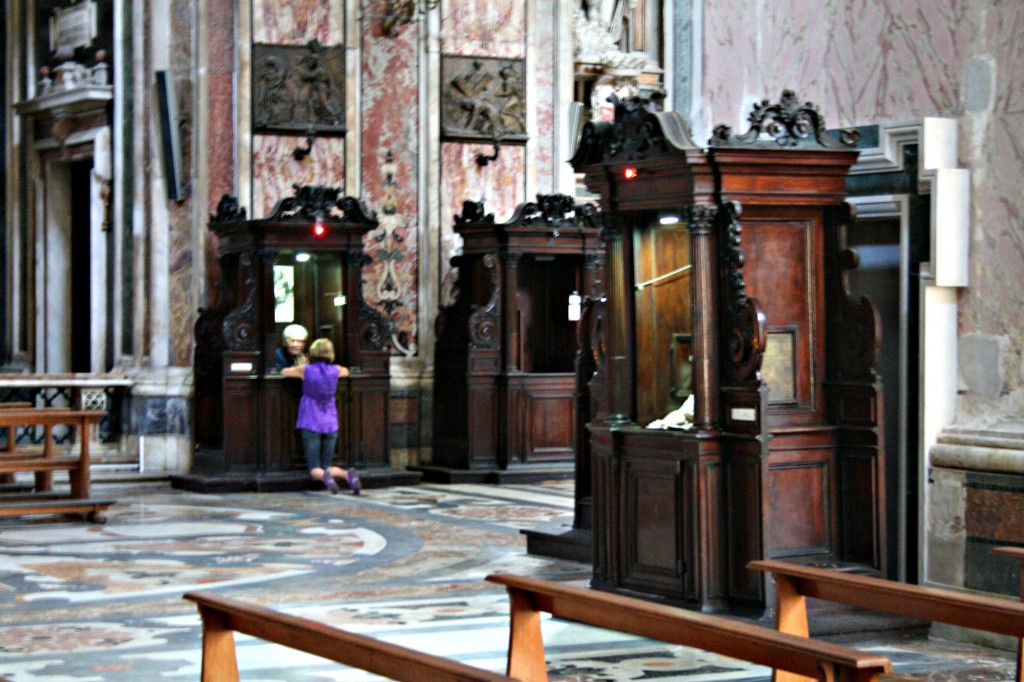
 So let’s play catch-up.
So let’s play catch-up. He has also composed essays that resulted in actual financial recompense, including a trio of pieces for that fine and noble stalwart of legacy media, The Oregonian.
He has also composed essays that resulted in actual financial recompense, including a trio of pieces for that fine and noble stalwart of legacy media, The Oregonian. Mr. Scatter is, in fact, in favor of this position and its title, and he admires Oregon’s retiring laureate,
Mr. Scatter is, in fact, in favor of this position and its title, and he admires Oregon’s retiring laureate,  It’s a fine show, worth the trip. And speaking of trips, Mr. Scatter pauses for what might seem a brief diversion but in fact is not.
It’s a fine show, worth the trip. And speaking of trips, Mr. Scatter pauses for what might seem a brief diversion but in fact is not.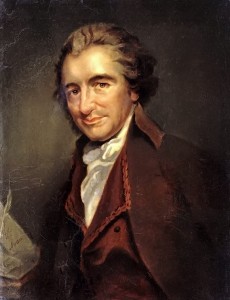 Our partner-in-Scattering Barry Johnson (who does not look like the portrait here of Tom Paine, rabble-rousing author of the political tract Common Sense) advocates a little citywide common sense in the continuing flap over Portland’s Rose Quarter and Mayor Sam Adams’ push to tear down Memorial Coliseum to make room for a minor-league baseball park and a suburban-style “entertainment district” of aggressively anonymous chain outfits on the order of a Hard Rock Cafe.
Our partner-in-Scattering Barry Johnson (who does not look like the portrait here of Tom Paine, rabble-rousing author of the political tract Common Sense) advocates a little citywide common sense in the continuing flap over Portland’s Rose Quarter and Mayor Sam Adams’ push to tear down Memorial Coliseum to make room for a minor-league baseball park and a suburban-style “entertainment district” of aggressively anonymous chain outfits on the order of a Hard Rock Cafe.